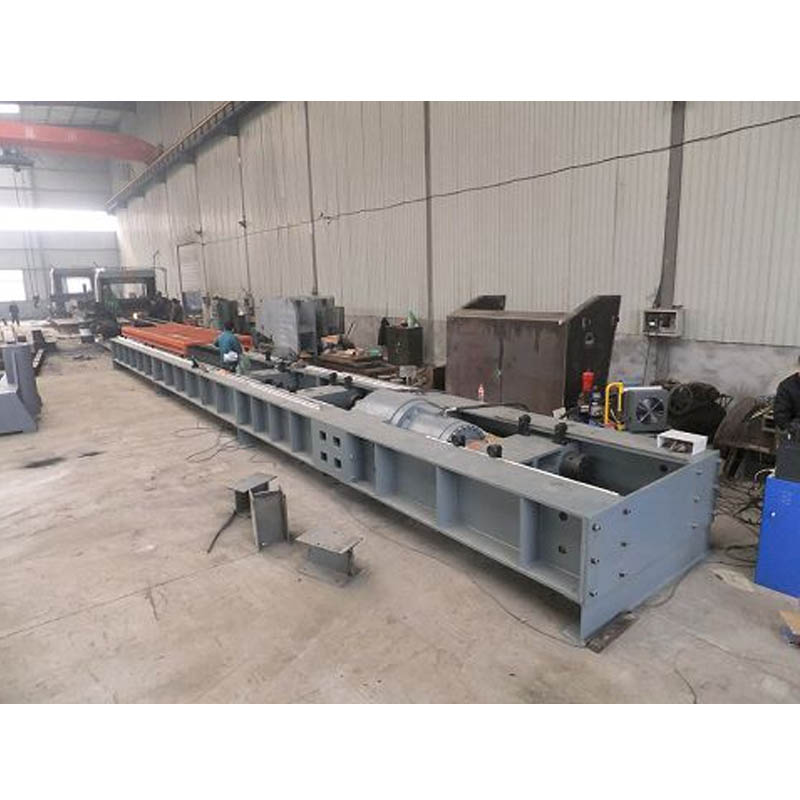cable spark tester
The Importance of Cable Spark Testers in Electrical Safety
In today’s world, electricity powers our daily lives, from the devices we rely on to the infrastructure that supports our communities. However, safety is paramount when dealing with electrical systems. One crucial tool that enhances electrical safety is the cable spark tester. This article explores the significance of cable spark testers, their operation, and their role in maintaining electrical integrity.
A cable spark tester is a device designed to check the insulation integrity of electrical cables and to identify potential faults that might lead to short circuits or electrical failures. These testers are essential in various fields, including construction, maintenance, and manufacturing, where electrical systems are heavily utilized. A thorough inspection can prevent costly downtimes and, more importantly, reduce the risk of electrical accidents.
The operation of a cable spark tester is relatively straightforward. The device generates a high-voltage pulse that is applied to the cable’s insulation. By doing so, it creates an electric field that can detect any weak points or breakdowns in the insulation. If the insulation is intact, the tester safely withstands the high voltage. However, if there are defects, such as cracks or corrosion, the tester may create an electrical spark, indicating a failure. This immediate feedback allows technicians to take corrective action swiftly, ensuring the safety and reliability of electrical installations.
Regular use of cable spark testers is not merely a recommendation but a requirement in many industries. For instance, in the construction sector, understanding the condition of electrical cables can prevent future issues. If faulty cables are not identified, they might lead to electrical fires or shocks upon the completion of the construction process. Preemptive testing fosters a safer environment for workers and future occupants of the structures.
cable spark tester

Moreover, in manufacturing facilities, where large-scale machinery depends on robust electrical systems, cable testing can save organizations from significant overhead costs associated with downtimes. Production halts due to electrical failures not only impact the bottom line but can also strain supplier relationships and impact product delivery timelines. By proactively utilizing cable spark testers, businesses can ensure that their operations run smoothly and safely.
In addition to the practical benefits, the use of cable spark testers is integral to compliance with electrical safety standards. Regulatory bodies set forth guidelines that mandate electrical systems to be tested and maintained regularly. Using cable spark testers helps companies meet these standards, thereby avoiding legal repercussions, fines, or, worse, catastrophic accidents.
The user-friendliness of modern cable spark testers has also contributed to their widespread adoption. Many of today’s testers are equipped with digital displays, offering clear readings that simplify the testing process. Some models even feature data logging capabilities, allowing technicians to track the condition of cables over time and make informed decisions based on historical data.
In conclusion, cable spark testers serve a critical function in ensuring the safety and reliability of electrical systems. By promptly identifying insulation failures and preventing electrical hazards, these devices not only protect lives but also contribute to the operational efficiency of various industries. As the reliance on electrical systems continues to grow, the importance of tools like the cable spark tester cannot be overstated. Investing in proper testing and maintenance practices will ultimately safeguard facilities, personnel, and assets, creating a safer and more efficient environment for all.
-
Why the Conductor Resistance Constant Temperature Measurement Machine Redefines Precision
NewsJun.20,2025
-
Reliable Testing Starts Here: Why the High Insulation Resistance Measuring Instrument Is a Must-Have
NewsJun.20,2025
-
Flexible Cable Flexing Test Equipment: The Precision Standard for Cable Durability and Performance Testing
NewsJun.20,2025
-
Digital Measurement Projector: Precision Visualization for Modern Manufacturing
NewsJun.20,2025
-
Computer Control Electronic Tensile Tester: Precision and Power for the Modern Metal Industry
NewsJun.20,2025
-
Cable Spark Tester: Your Ultimate Insulation Assurance for Wire and Cable Testing
NewsJun.20,2025
 Copyright © 2025 Hebei Fangyuan Instrument & Equipment Co.,Ltd. All Rights Reserved. Sitemap | Privacy Policy
Copyright © 2025 Hebei Fangyuan Instrument & Equipment Co.,Ltd. All Rights Reserved. Sitemap | Privacy Policy
